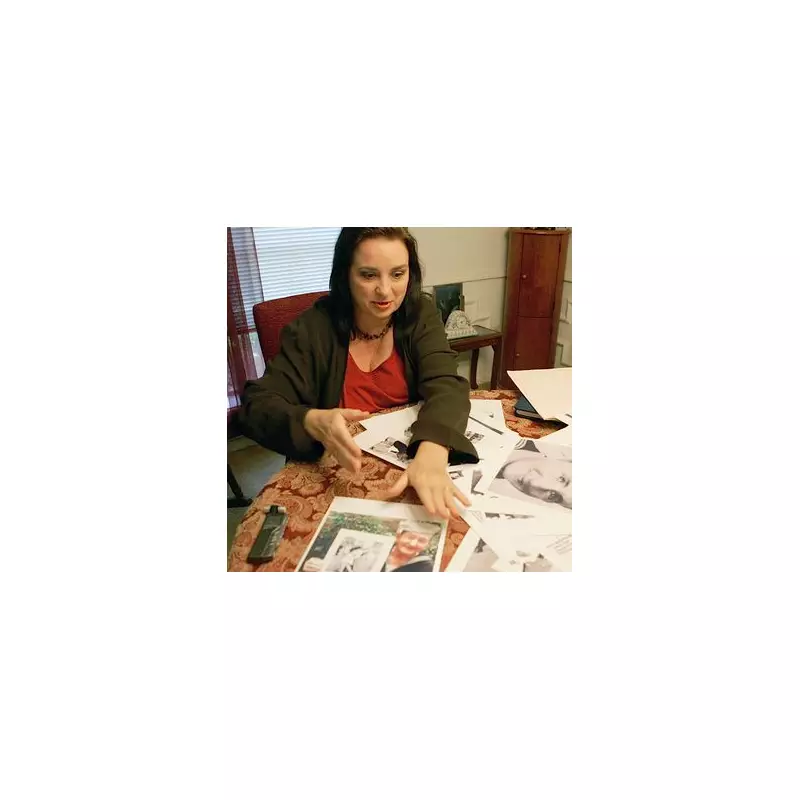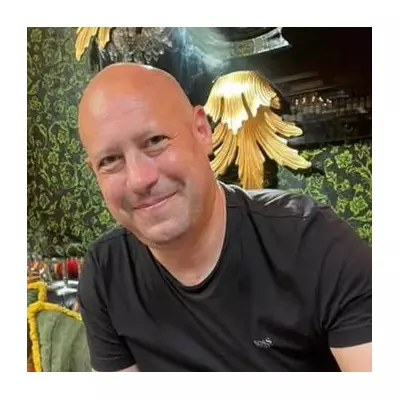
From Victim to Vanguard: The Lois Gibson Story
A woman who survived a near-fatal assault channelled her trauma into a remarkable decades-long career, directly leading to the identification and conviction of more than 1,300 criminals. Lois Gibson is officially recognised by Guinness World Records as the world's most successful forensic artist.
A Career Forged in Trauma
Gibson's path was shaped by a harrowing event at the age of 21, when she was violently attacked by a serial murderer and rapist. She recounted the ordeal, stating she was tortured almost to death and left contemplating her own mortality. Her attacker was never caught, a profound injustice that ignited her lifelong mission to help other victims.
Beginning her professional work in 1982, Gibson specialised in creating composite sketches of suspects based on the descriptions provided by victims and witnesses. Her career spanned nearly four decades until her retirement in September 2021. By that time, her meticulous artwork had been responsible for the successful identification of 1,313 criminals.
The Art of Justice
Gibson's method was renowned for its extraordinary accuracy. In an era before widespread high-definition surveillance, her sketches were often compared to photographs by prosecutors. She developed a unique skill for decoding the micro-details in a witness's description, focusing on the subtle human signatures—the angle of a jaw, the tension in a brow, the narrowing of eyes—that could transform a cold case into a courtroom conviction.
Detectives valued her work so highly they would fly her in for intensive sessions with victims. Her ability to translate fragmented, trauma-affected memories into actionable police art was described as a gift that protected vulnerable people who might otherwise have been forgotten.
Online commentators have since marvelled at her story, with one noting the incredible feat of drawing accurate faces from notoriously unreliable witness testimonies, especially those given under duress. Another praised her for turning the worst moment of her life into a career that 'put monsters in cages'.
Lois Gibson's legacy proves that art can be far more than mere expression; it can be a powerful weapon for justice, bringing solace to families and ensuring that criminals are held accountable for their actions.





